Don’t plant your hydrangeas too early! They like the cold but can be affected by frost. The best time to plant hydrangeas is in the early fall before the first expected frost. In many areas, hydrangeas can also be planted in the early spring when the weather starts to get warmer.
The exact time for planting hydrangeas will depend on the climate you live in and what type of hydrangea you’re growing. Let’s look at when to plant hydrangeas?
What Type of Hydrangea Should You Plant?

Hydrangeas are flowering plants, which are popularly known for their delicious sweet-scented flowers that come in many different colors. Hydrangeas are shrubs that can grow up 15 feet tall. They require very little care once set out in the yard, making them a great plant for the beginning gardener.
Hydrangeas come from the Hydrangeaceae family, which contains many species of bush and shrub-like plants that flower throughout the spring and summer. There are four main varieties of hydrangeas that are commonly grown across America. They are called oakleaf, bigleaf, panicle, and smooth hydrangeas. They are lovely flowers that start with the letter H.
Oakleaf
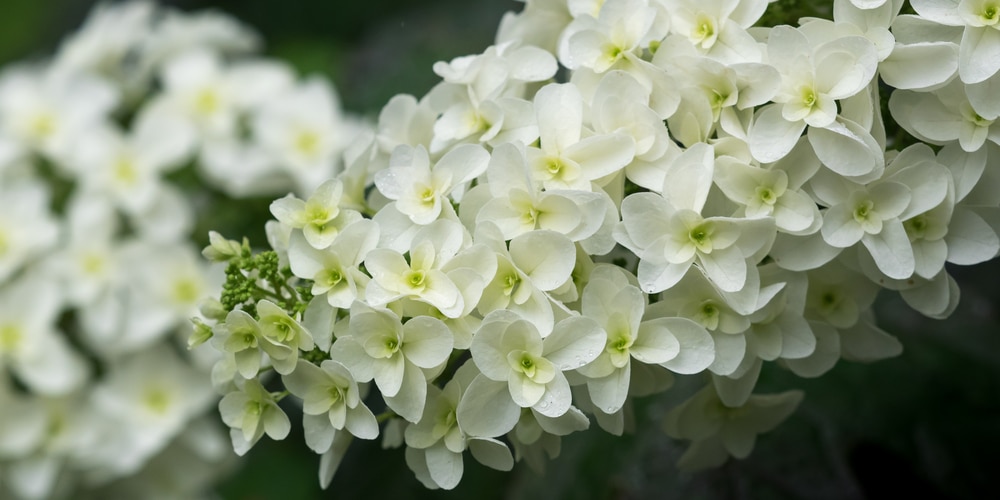
Oakleaf hydrangea plants are best grown in warmer climate zones. They are the perfect choice if you live in USDA zone 5 or warmer.
Bigleaf
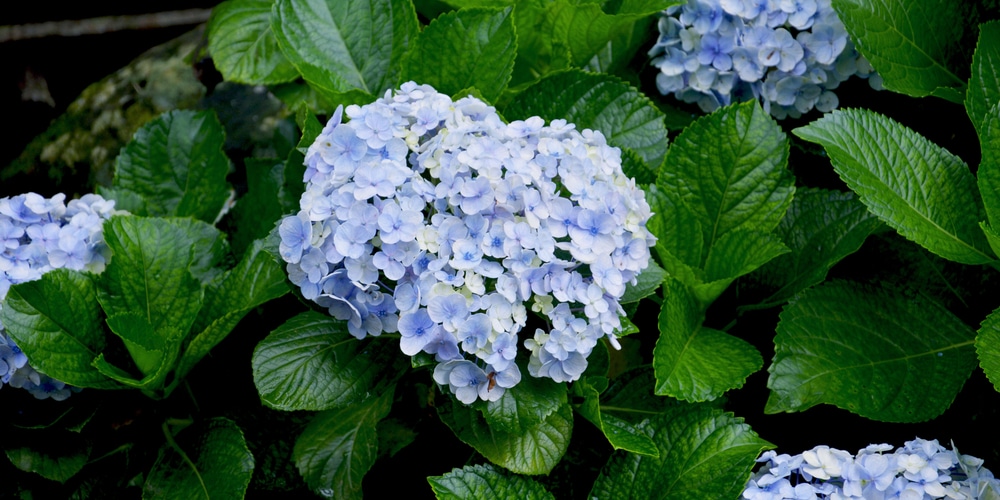
Bigleaf hydrangeas are the most popular type of hydrangea, and they are commonly found growing across the states. They do particularly well in USDA zones 5 to 9.
Panicle
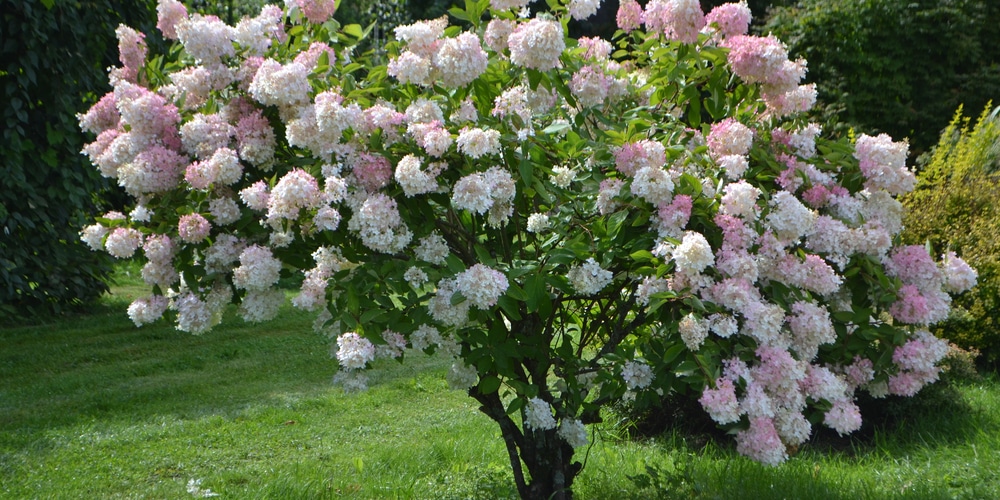
Panicle hydrangeas are a large, hardy species that can grow up to 15 feet tall. They do well in colder areas and can cope with the weather conditions in USDA zone 3.
Smooth
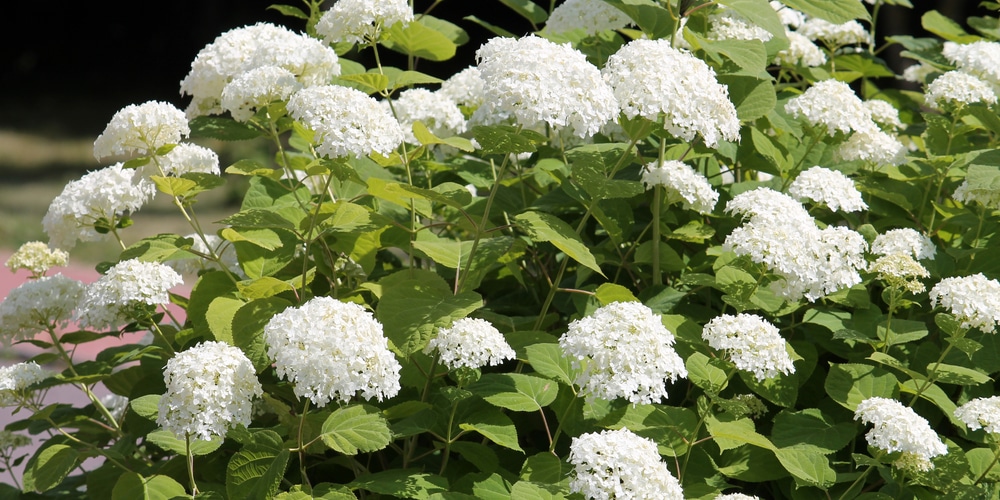
Smooth hydrangeas are sometimes referred to as snowballs due to their large, round flowers that are white in color. They have beautiful clusters of blooms and thrive in colder climates.
Planting Hydrangeas
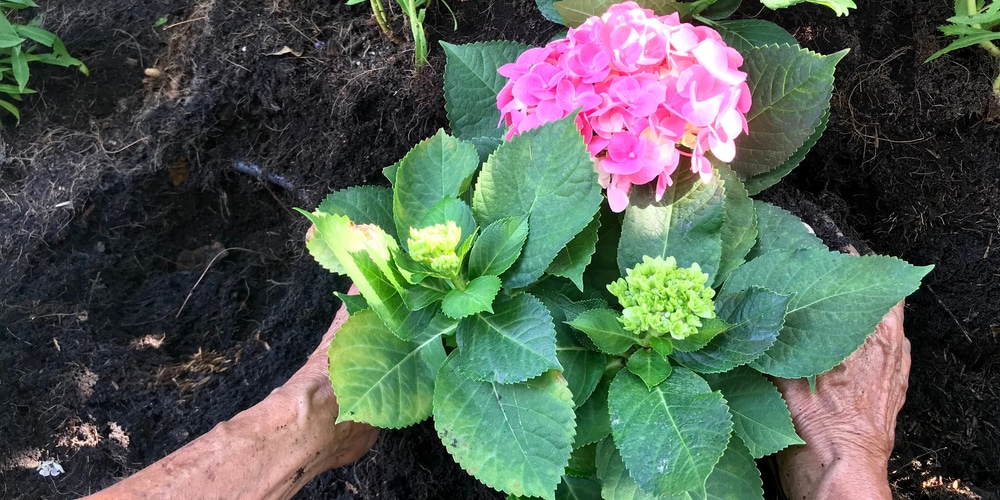
If you’re growing a winter garden, you can plant hydrangeas in the early fall; this will give them enough time to establish roots and germinate before the cold winter weather. Hydrangeas that are planted in the fall will flower in the early spring and add a pop of color to an otherwise dull landscape. These shrubs will bloom throughout the spring and summer months if well cared for. They have large round flowers and come in different colors.
Another option is to plant hydrangeas in the very early spring, preferably after the last frost date. Many gardeners recommend planting the bulbs around Easter time, but it’s best to wait until the risk of frost has passed. If you live too far north, it will be later than that for you.
Hydrangeas grow well in USDA zones 3 to 7. When you plant your hydrangeas, dig a hole about 2 feet wide and at least 18″ deep. It needs to be big enough so that the plant’s roots can fit in and be covered with soil. Make sure all the soil around the root ball is loose and not packed down. Place the root ball in and then cover it with soil. Planting too deep will cause dieback. Smaller plants don’t need to be planted as deep.
How to care for Hydrangeas?
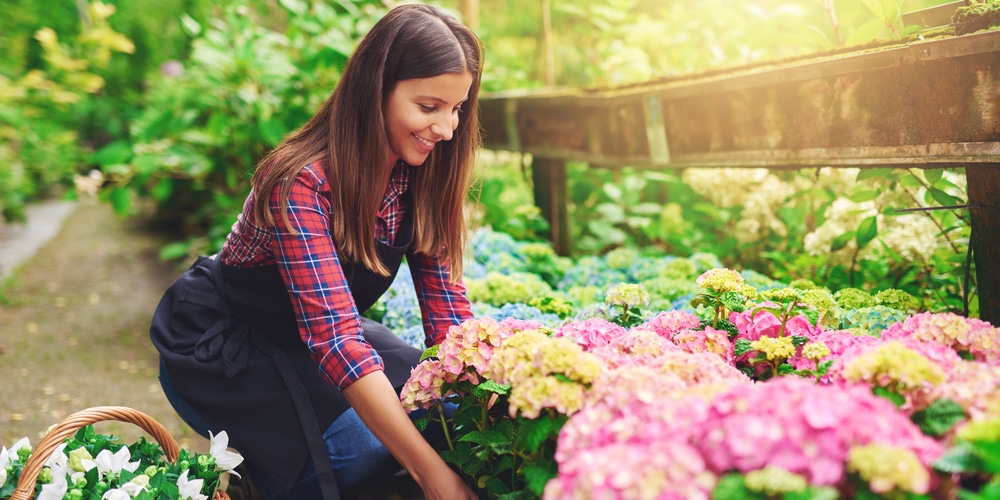
Hydrangeas are really easy to care for. Just give them good, rich soil, and they will provide you with loads of color from early spring throughout the summer until the first frost in fall. Hydrangeas have shallow roots, so don’t plant them in a low spot where they can become waterlogged. Here are some tips to help you care for your hydrangeas:
Sunlight needs
The best place to plant hydrangeas is in partial shade, where they get 6 to 8 hours of sun a day. Don’t plant them in the full sun as they don’t like too much heat and sun. These plants prefer the morning sun and shade in the afternoon. They don’t like hot, blazing sunshine, and they will burn if it’s too hot. They can be planted in a sheltered spot beside a fence or wall. Be aware when planting that hydrangea can get quite large, so ensure they have enough space to grow and won’t be crowded out by other shrubs.
Watering requirements
Hydrangeas are very drought tolerant once they are established, but you need to water them well for the first few weeks so they can get their roots deep into the soil. After that, give them a good soaking once or twice a week. It would be best if you have an irrigation system set up; just make sure they are getting enough water, or they won’t flower. The exact amount of water your plants need will depend on the climate where you live.
Fertilizing
Fertilize your hydrangeas every month with a good fertilizer made specifically for flowering plants. They are heavy feeders, and you need to support all that foliage and flowers. Don’t over-fertilize, or you’ll get leaves but no flowers.
Pruning
In general, September is a good time to do your first major pruning for those that bloom on new wood or for pruning out dead or damaged wood. You can cut the plants back again in the spring or summer after they have flowered.
Mulch
It’s also a good idea to add some organic mulch around the bottom of your hydrangea plant. This will help to lock in moisture and keep the soil cooler in hot climates. Over time the mulch will also disintegrate and help add nutrients to the soil.
Conclusion
Before planting hydrangeas, it is important to know when and where they should be planted. Understanding the requirements of hydrangea plants will make them easier to grow and will allow you to get an earlier start on blooming for the next season. It’s best to plant your hydrangeas in the early fall or spring.
Fall planting is recommended for most varieties of hydrangea as the weather conditions will be right for root growth. Planting in the early fall well before frost is expected will allow your hydrangea to grow a healthy root system before the cold winter sets in.
Alternatively, plant your hydrangea in the spring after the last expected frost date for your area.